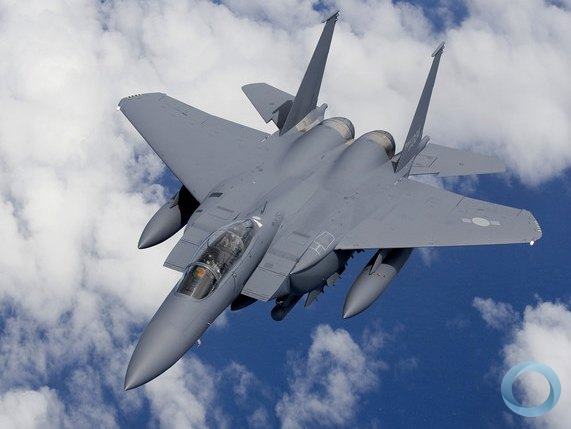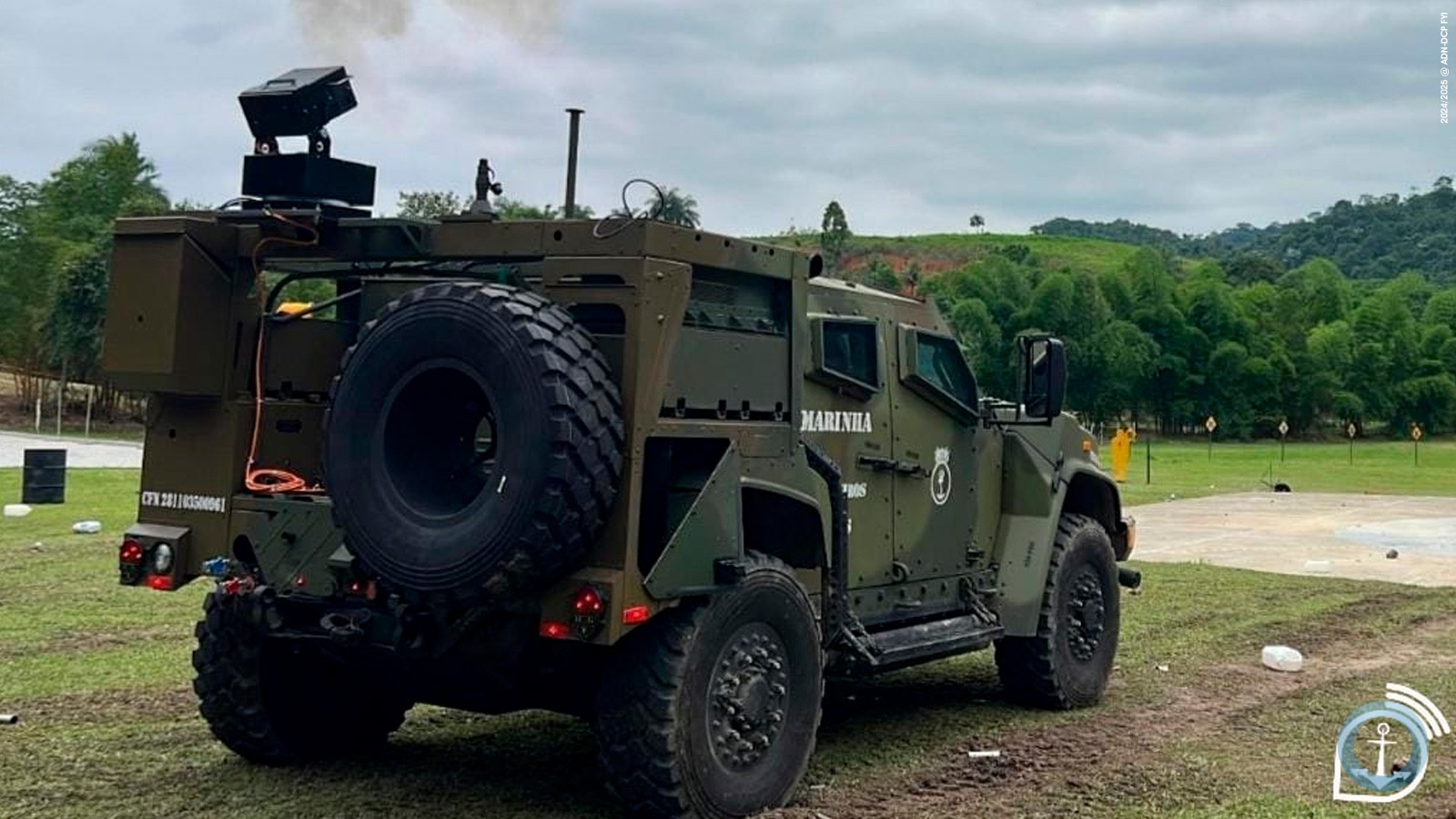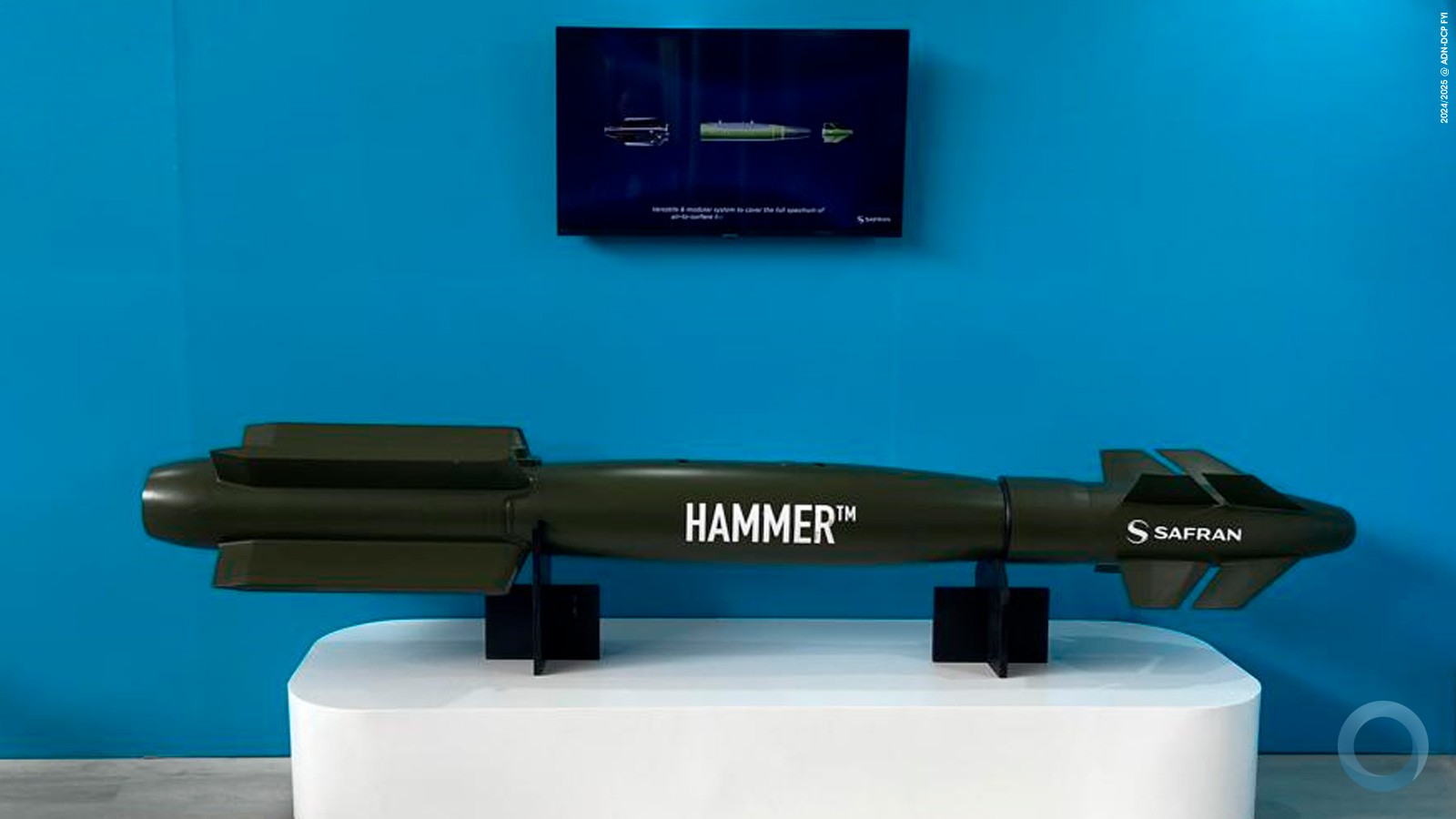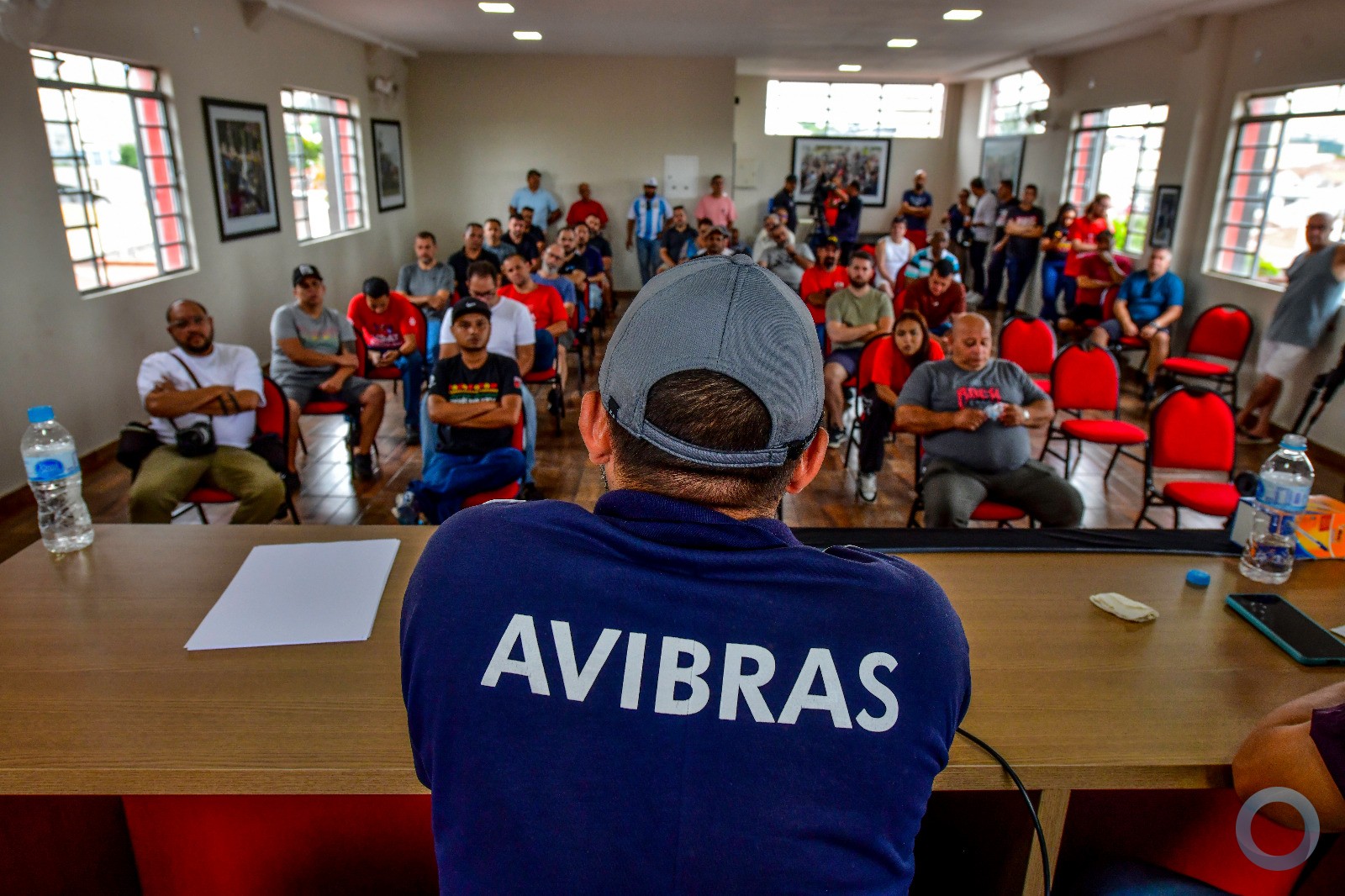Doug Cameron
Wall Street Journal
The Pentagon’s priciest new weapons program just got more expensive.
The expected lifespan for the F-35 combat jet program, already projected to cost about $1 trillion to buy and maintain more than 2,400 planes, has been extended, which will add to the overall cost.
The F-35 combat jet is expected to be the mainstay of the U.S. air power for six decades, but the Air Force plans to fly it less than previously planned, a move that would extend the life of each plane by as much as six years and add to maintenance costs.
The surprise extension to the jet’s projected life comes even before it has entered service with the Air Force, which is scheduled for later this year.
While the cost of building each jet has been falling, flying it longer will increase the estimated lifetime cost of the F-35 program for U.S. taxpayers to $1.13 trillion from $1.02 trillion a year ago, according to data released by the Pentagon on Tuesday.
The Air Force now expects to fly each jet an average of 250 hours a year compared with its earlier projection of 300. Lt. Gen Chris Bogdan, the military head of the F-35 program, said the move reflected changes to how much each plane is used for training rather than any shift in its role.
Still, the Pentagon is seeking ways to reduce the program’s costs. More than half of the costs are for operating and maintaining the fleet, and the military is working with the plane’s builders to cut those expenses.
The Pentagon has reached beyond traditional military suppliers in an effort to find less expensive and more efficient ways to run the vast logistics system that is needed to provide spares to support the technologically advanced F-35, which is expected to operate all over the world. The plane is also being acquired by a number of U.S. allies.
Gen. Bogdan said he has met with retailers such as Wal-Mart Stores Inc.,which runs one of the world’s largest logistics systems, to brainstorm ideas for improving the jet’s supply chain.
Program chiefs have also studied Delta Air Lines Inc.,which runs one of the largest and most profitable commercial aircraft maintenance operations, in an effort to find ways to cut the cost of keeping the F-35 flying.
Gen. Bogdan said the hourly cost of flying the three different F-35 models were cut by 2% to 4% from last year.
The long-term cost forecasts include assumptions about fuel prices, inflation and other variables that F-35 officials have said make them only rough guides, but they also acknowledge the pressure to cut the F-35’s expenses, which are far higher than existing fighters.
The delays to the F-35’s introduction caused by design and technical problems are already straining the Pentagon budget as it is forced to fly jets for longer than planned. “The older fleet puts strain on the maintenance budgets,” said Jefferies & Co. analyst Howard Rubel.
Jet builder Lockheed Martin Corp.and its partners have invested $170 million over two years to cut the cost of building the F-35.
The average price of the F-35A model being acquired by the Air Force fell $1.8 million to $100.6 million over the past year, the Pentagon said Thursday, reducing total acquisition costs for the planned fleet by 3.1% to $379 billion.































